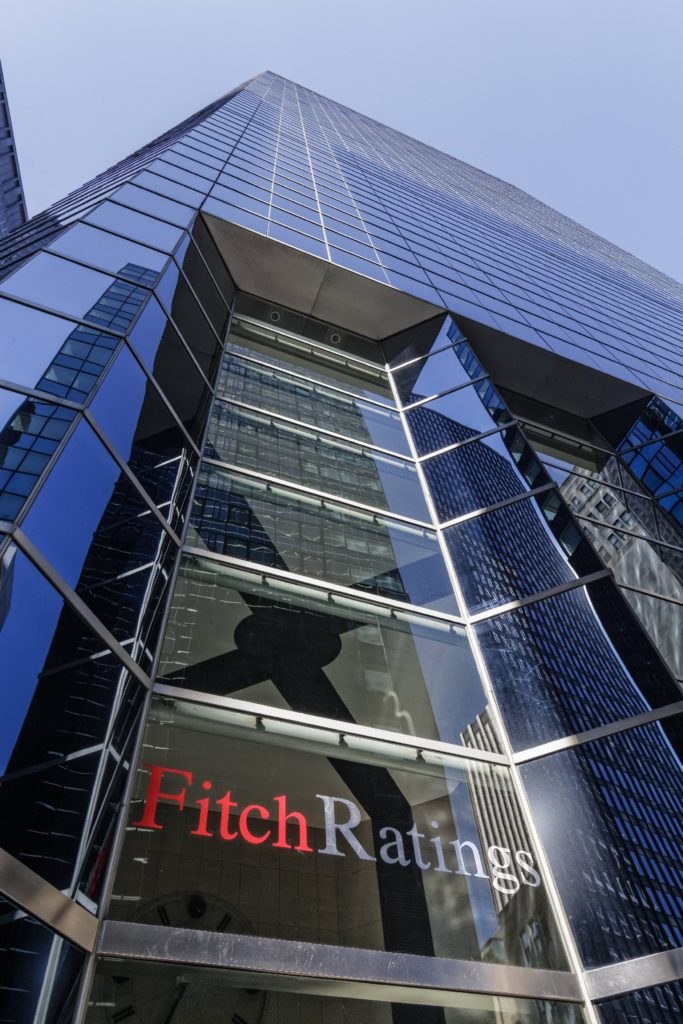TASHKENT
Fitch Ratings has assigned Uzbekistan’s state-owned carmaker UzAuto Motors’ (UAM; B+/Stable) $300 million senior unsecured Eurobond due 2026 a final senior unsecured ‘B+’ rating, the recovery rating is ‘RR4’/50 percent.
UzAuto Motors issued $300 million worth Eurobonds of the RegS/144A format with a maturity of five years on the London Stock Exchange last week.
Orders totalled $1.4 billion and the final coupon rate was set at 4.85 percent, down from an initial 5.375 percent. Eurobonds were distributed to almost 130 investors from the UK (37 percent), the US (14 percent), Germany (8 percent) and a number of other European (35 percent) and Asian (6 percent) countries.
The majority of investors were asset managers and funds (67 percent), which were also actively distributed between banks (23 percent) and insurance and pension funds (10 percent).
The issue’s underwriting banks were leading international banks such as Citi (USA), MUFG (Japan), Natixis (France) and Raiffeisen Bank International (Austria).
The proceeds from the notes are being used by UzAuto Motors for general corporate purposes.
Fitch said that it had viewed the status, ownership and control linkage of UzAuto Motors with the state as ‘Strong’ due to full state ownership and operational control by the parent over the company’s Capex and operational strategy.
The agency assessed the financial implications of UzAuto Motors default as ‘Moderate’ as “believed it would have a moderate impact on the availability of financing for the government and other government-related entities.”
The carmaker, the largest in Uzbekistan, produces Chevrolet cars in an alliance with General Motors and its annual production capacity is around 300,000 vehicles.
The company’s sales volume increased by 5 percent year-on-year in 2020 although revenue deteriorated by single-digits in U.S. dollar terms due to local currency devaluation.
KEY ASSUMPTIONS BY FITCH:
-Revenue to grow 2 percent on average in 2021-2024
-EBIT margin of 8.3 percent on average in 2021-2024
-Normalisation of working capital in 2021-2024 after a large outflow in 2020
-Capex at about 10 percent of sales in 2021 and 3 percent in 2022, driven by a material Capex programme, before declining to about 1% in 2023 on completion of investments
-Dividend payment to start in 2023
-Issuance of a $300 million bond and about $70 million other financing
-No M&A for the next four years.

